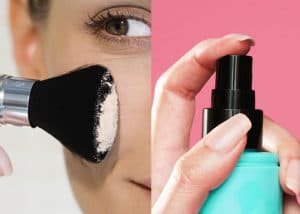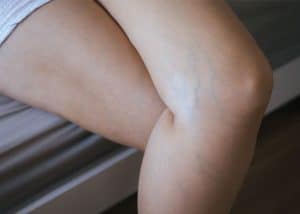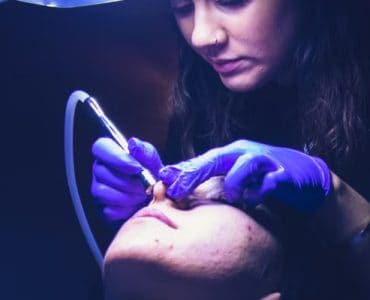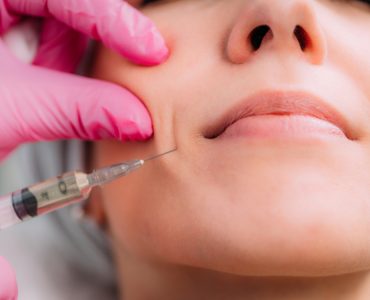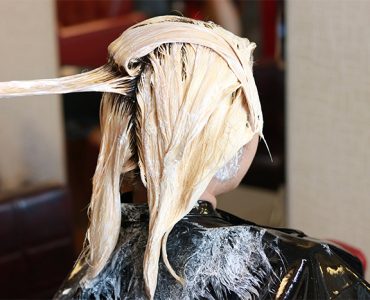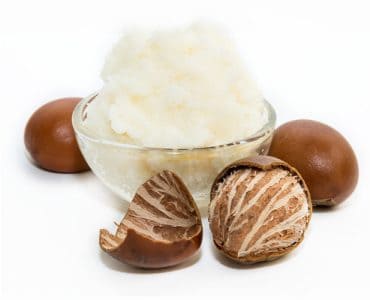There are many healing ointments on the market, but do they really work? Ointments are often used to treat skin conditions such as eczema, psoriasis, and dermatitis. The key to finding an effective ointment is to identify the ingredients that are most beneficial for your skin condition.
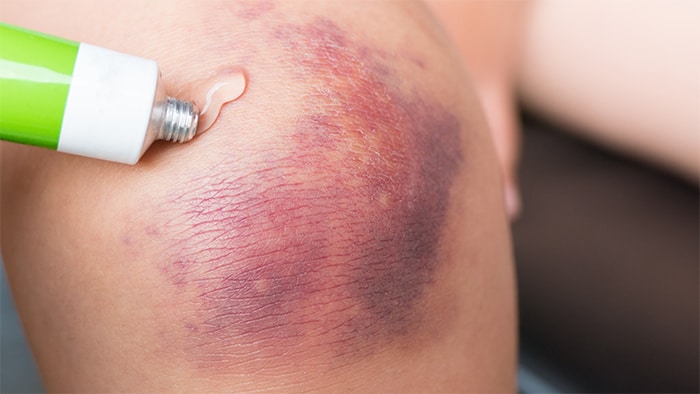
What Are Healing Ointments?
Healing ointments have been around for centuries and are still used today. They are made of natural ingredients and help to heal the skin. Some of the ingredients include oils, herbs, beeswax, and minerals.
Healing ointments can be used to treat a variety of skin conditions, such as eczema, psoriasis, and dermatitis. They are also effective in treating wounds and burns. Healing ointments can be purchased at most drugstores or online.
Types of Healing Ointments
Healing ointments have been around for centuries, and for good reason. They are a natural way to heal wounds and skin irritations. Ointments work by trapping moisture against the skin, which helps the skin to heal faster. Ointments also help to protect the wound from further infection.
There are many different types of healing ointments available on the market today. Each one has its own unique set of benefits. Some popular healing ointments include:
Aquaphor Healing Ointment
Aquaphor Healing Ointment is a multipurpose ointment that can be used to heal a variety of skin conditions. It is made with glycerin, petrolatum, and mineral oil, which help to moisturize and soothe the skin.
Read This Next:
Aquaphor is also non-irritating and fragrance-free, making it a good choice for people with sensitive skin. It can be used to treat dry skin, eczema, psoriasis, diaper rash, and other skin irritations. Aquaphor Healing Ointment can also be used as a lip balm or hand cream.
Cetaphil Healing Ointment
Cetaphil Healing Ointment is a rich, non-greasy ointment that helps to soothe and protect minor skin irritations and dryness. It is formulated with natural ingredients like vitamin E and aloe vera, which help to promote healing and prevent infection. The ointment can be applied liberally to the affected area as often as needed, and it is safe for both adults and children.
Cetaphil Healing Ointment is a great option for treating a wide variety of skin irritations, including burns, cuts, scrapes, sunburns, diaper rash, and eczema. It is also effective at relieving the symptoms of dry skin, such as itching and cracking. The ointment can be used on any part of the body, and it is gentle enough for use on sensitive skin.
CeraVe Healing Ointment
CeraVe Healing Ointment is a multipurpose ointment that can be used to treat a variety of skin conditions. The ointment is made with ceramides, which are natural lipids that help to maintain the skin’s barrier function. The ointment also contains hyaluronic acid, which helps to keep the skin hydrated.
The ointment can be used to treat dry skin, eczema, psoriasis, and other skin conditions. It can also be used to protect the skin from sunburn. The ointment is safe for children and can be used on the face and body. It is available over-the-counter and does not require a prescription.
How Do Healing Ointments Work?
Healing ointments work by reducing inflammation and promoting healing. The ingredients in the ointment work together to create a synergistic effect, which is greater than the effect of the individual ingredients.
The ointment is applied to the skin, where it absorbs into the blood stream and travels to the area that is injured or inflamed. The ingredients in the ointment reduce inflammation, promote healing, and help to prevent infection.
Read This Next:
Do Wounds Heal Faster with Ointment?
There is some debate as to whether ointment actually helps wounds heal faster. Studies have shown that while ointment may help keep the wound clean and protected, it does not actually speed up the healing process. In some cases, ointment can actually slow down the healing process by preventing the wound from breathing.
The Pros of Using Healing Ointments
Healing ointments have been around for centuries. They are used to heal minor cuts, scrapes and bruises. There are many benefits to using healing ointments. Here are three of the most important benefits:
Help to Soothe and Protect the Skin
Skin is the body’s largest organ and it is often exposed to the elements. This can lead to skin irritation, dryness, and cracking. Healing ointments can help to soothe and protect the skin by providing a barrier against the elements. The ointment can also help to moisturize the skin and promote healing.
Reduce Inflammation
Healing ointments are thought to work by reducing inflammation. The ointment may contain an anti-inflammatory agent, such as ibuprofen, which is thought to reduce inflammation by blocking the production of prostaglandins which are chemicals that are involved in pain and inflammation.
Kill Bacteria and Fungus
Healing ointments are effective against bacteria and fungus because they contain ingredients that destroy the cell walls of these organisms. The ointment penetrates the cell wall and disrupts the internal structure of the cell, causing it to die. Additionally, many healing ointments also contain antibiotics or antifungal agents that further enhance their effectiveness.
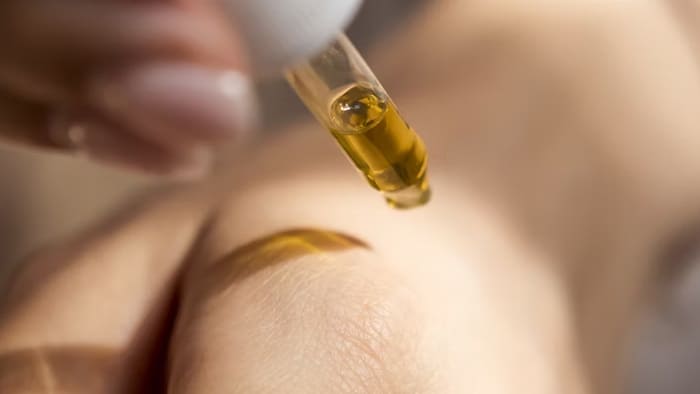
Read This Next:
The Cons of Using Healing Ointments
There are many reasons to use healing ointments. They can help speed up the healing process, be less painful than other methods, and be more affordable. However, there are also some drawbacks to using ointments. Here are 4 of them:
Often Be Greasy and Stain Clothes
Healing ointments often be greasy and stain clothes because they are composed of an oily substance that helps the medicine be absorbed by the skin. The oil can also leave a residue on clothing, which can cause it to become stained.
Additionally, when the ointment is applied to a wound, the grease can help keep the area moist and protected, which can also lead to staining.
Cause Skin Irritation or An Allergic Reaction
Healing ointments are frequently used to treat skin irritation or an allergic reaction, but they can actually cause more skin irritation or an allergic reaction. The ointment can cause the skin to become red, itchy, and sore. This is because the ointment can contain ingredients that trigger an allergic reaction or skin irritation.
They’re Not Always Effective
Healing ointments are not always effective because they may only treat the symptoms of a wound rather than the cause. For example, an ointment that heals a cut on the surface of the skin may not address the infection that is causing the wound to fester. Additionally, some ointments may contain ingredients that can actually damage tissue or delay healing.
Skin Might Not Be Able to Breath
When an ointment is applied to the skin, it forms a barrier that can prevent oxygen and other gases from reaching the underlying tissue. This can cause the skin to become oxygen-deprived and potentially lead to infection.
Additionally, some ointments can trap moisture against the skin, which can create an ideal environment for bacteria to grow.


